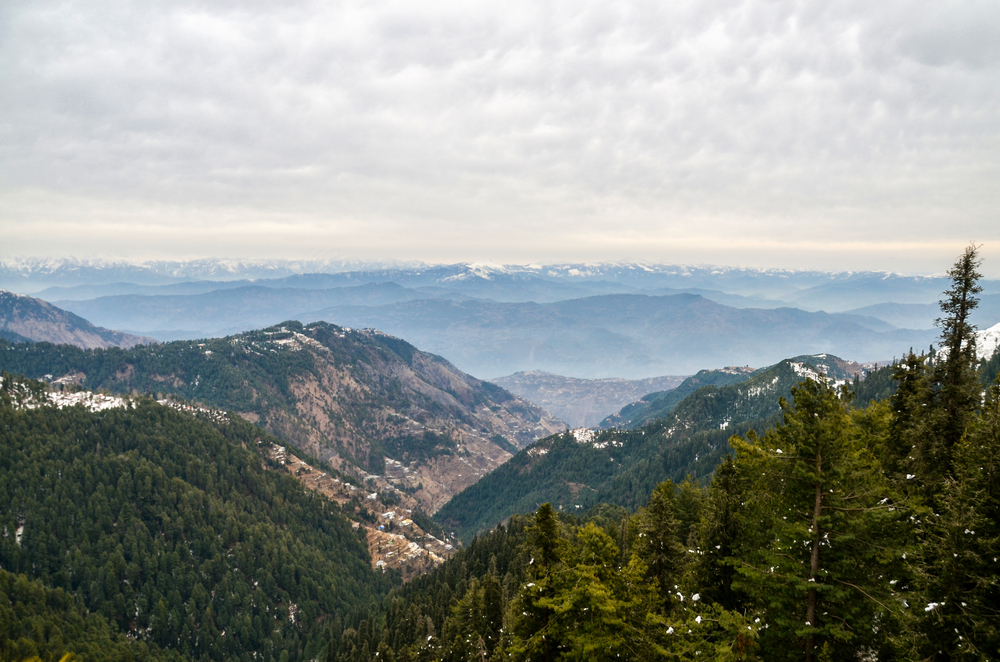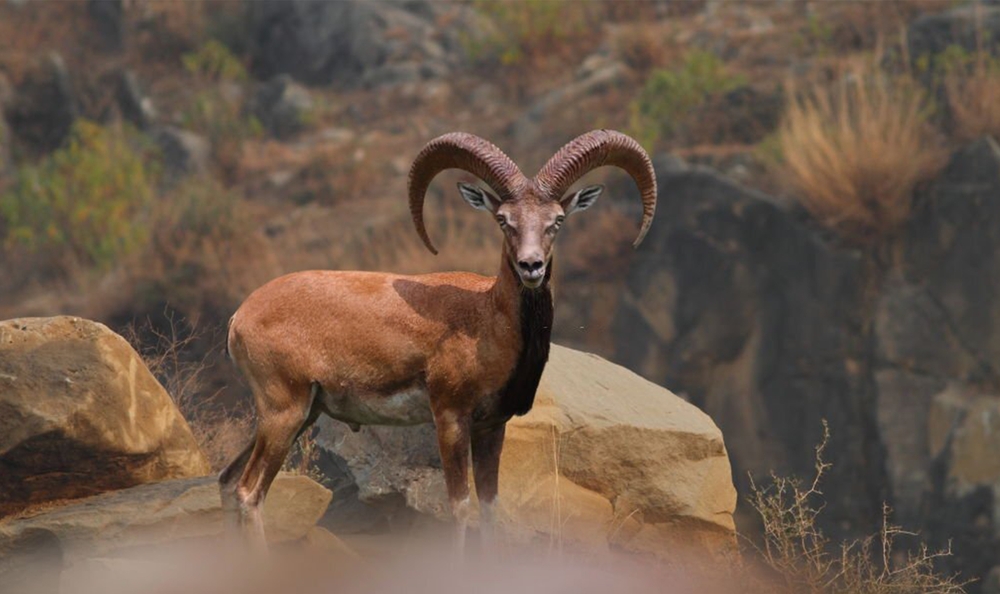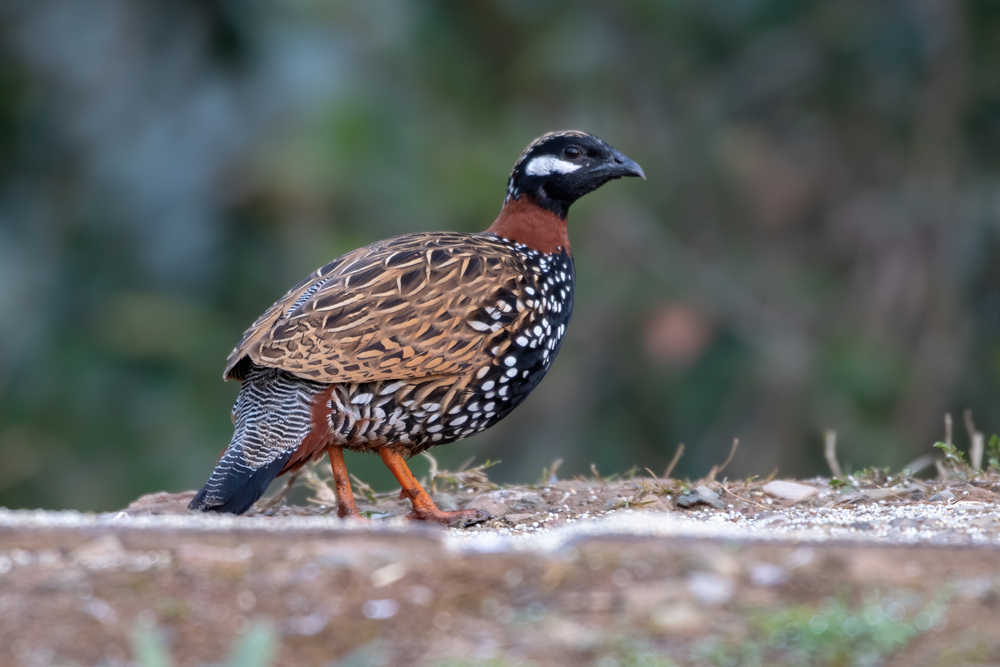Gurez Overview
Gurez National Park, also known as Musk Deer National Park, is a protected area located in the Neelum District of Azad Jammu and Kashmir, Pakistan. Established in 2007, the park spans approximately 528.15 square kilometers (203.9 square miles) and is nestled within the high Himalayan foothills, characterized by rugged mountainous terrain reaching elevations up to 3,000 meters (9,842 feet) above sea level.
The landscape is dominated by Western Himalayan subalpine conifer forests, featuring tree species such as blue pine, deodar cedar, Betula utilis (Himalayan birch), Picea smithiana (Himalayan spruce), Abies pindrow (West Himalayan fir), and the endangered Taxus wallichiana (Himalayan yew). The park’s diverse flora also includes flowering plants like Rosa moschata (musk rose) and various herbs and grasses, contributing to the rich biodiversity of the region.
The park was primarily established to protect the endangered Himalayan musk deer (Moschus leucogaster), with the population within the park estimated to exceed 50 individuals. In total, Gurez National Park is home to 19 mammal species, 100 bird species, and a few reptiles.
Notable mammals include the Indian leopard (Panthera pardus millardi), snow leopard (Panthera uncia), leopard cat (Prionailurus bengalensis bengalensis), Himalayan brown bear (Ursus arctos isabellinus), Himalayan black bear (Ursus thibetanus laniger), Himalayan wolf (Canis lupus chanco), yellow-throated marten (Martes flavigula flavigula), beech marten (Martes foina), red giant flying squirrel (Petaurista petaurista albiventer), long-tailed marmot (Marmota caudata aurea), and Kashmir stag (Cervus elaphus hanglu).
Bird species observed in the park include the Himalayan snowcock (Tetraogallus himalayensis), Himalayan monal (Lophophorus impejanus), koklass pheasant (Pucrasia macrolopha), and Himalayan vulture (Gyps himalayensis). Reptiles such as Laudakia agrorensis and Laudakia tuberculata are also present.
Visitors to Gurez National Park can engage in various activities to experience its natural beauty. Trekking through the diverse landscapes offers opportunities to observe wildlife in their natural habitats. Birdwatching is particularly rewarding due to the variety of avian species present. The park’s scenic vistas and tranquil environment also make it an ideal spot for nature photography and peaceful retreats.
Conservation efforts in Gurez National Park have seen both challenges and successes. The park was established to protect the endangered musk deer, and ongoing initiatives aim to preserve its habitat and biodiversity.
However, challenges such as human-wildlife conflict and habitat degradation persist, necessitating continuous efforts to mitigate these issues and promote sustainable conservation practices.



















































































